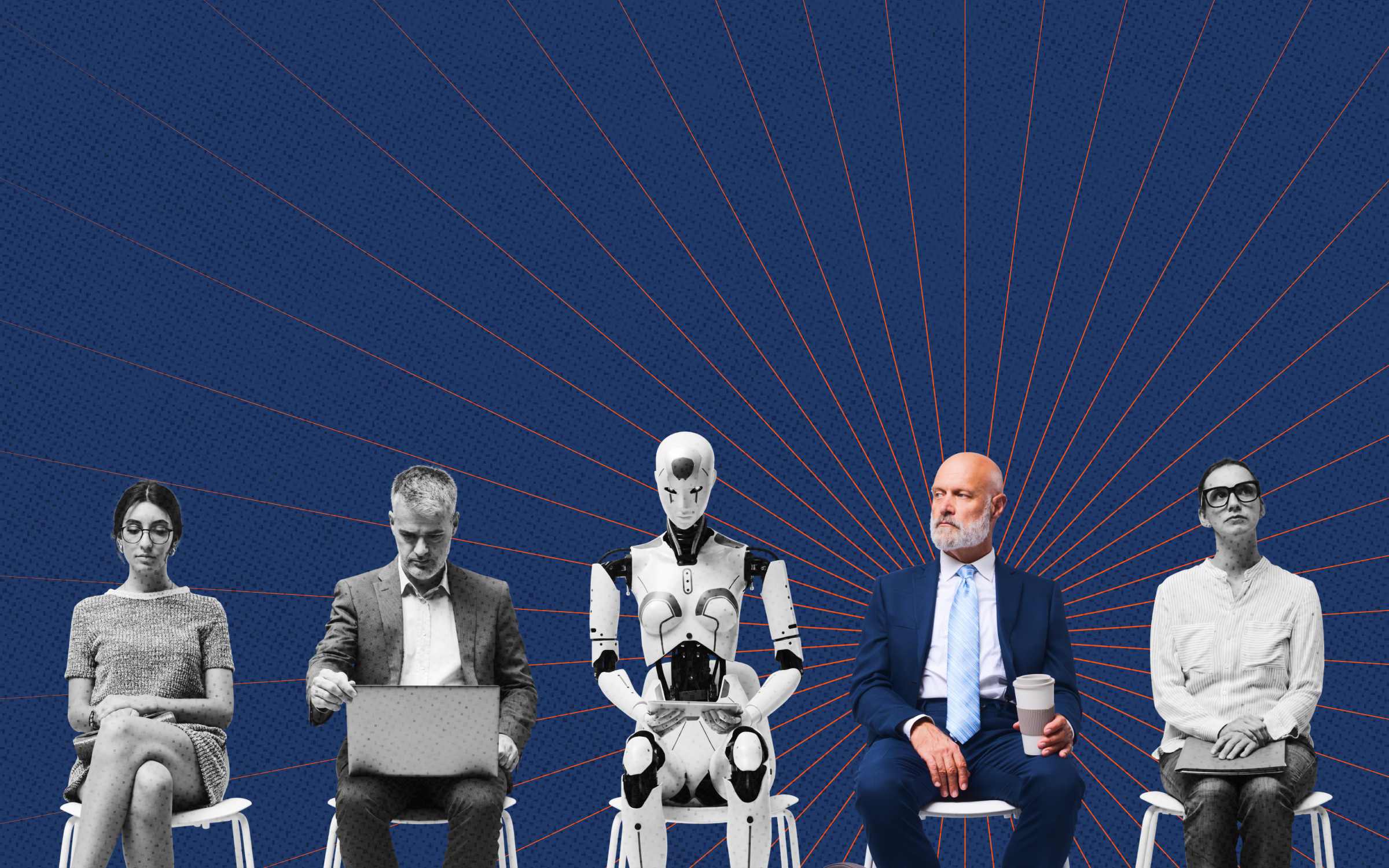Employee resource groups (ERGs) have become a powerful tool for many companies to stay on top of DEI strategies and get the pulse of their employees’ feelings regarding diversity, equity, and inclusion in their jobs. A recent case study from The Rise Journey, a DEI consulting company, found that 82% of employees surveyed said that DEI training directly impacted their decision to stay in their current company.
But for many executives, especially if it’s their first time organizing an ERG, understanding what resources are available to organize an effective group can be a daunting task. There are a few guides available online, like Carnegie Mellon University’s ERG Toolkit, which is a guide on how to get started with ERGs.
Here are seven resources executives can use to support their company ERGs.
1. Technology
According to Victoria Pelletier, managing director at Accenture, the use of specific software and digital tools depends on the organization. “At small companies, an Excel spreadsheet can do the trick, or a mailing list via Outlook, but bigger organizations may want to use a website to keep everything organized,” Pelletier says. For example, an Excel spreadsheet can help keep track of expenses or ERG group members, while a mailing list can be used to keep everyone in the group up to date with all the events.
Sometimes the company uses a specific software or system that may determine how all of the group’s information is stored, such as calendars and budget spreadsheets. “If your company uses Microsoft, then probably you’ll arrange your ERGs using Microsoft 360, or if they use Google Workspace then they’ll most likely use their tools,” says Paul Tucker, racial equity advisor at The Rise Journey.
If executives are looking into a more sophisticated option, Tucker recommends Monday.com, a platform to help companies organize their workflow, and manage documents. “You can have documents like the charter of the group, stating who does what and what the group’s goal is, spreadsheets with funds and where they are allocated, calendars with events and meetings and databases with info about the group’s members,” explains Jes Osrow, ERG manager and CEO of The Rise Journey.
2. Community Website
Should your ERG have an intranet? While some companies may not need an intranet, it can be a very valuable tool for your ERGs — from being able to see events at a glance, to staying in touch with other team members. Osrow suggests using GoogleSites as an intranet and uploading important information every six months to every year. “I would suggest keeping it as simple as possible, just a bullet list of all the new developments of the ERG, for example, if there are any new nominations, if there are any new events or links to a blog.”
“Having an intranet is a wonderful way to report back to your employees that you’re actually listening to them and you’re solving problems,” says Ursula Mead, co-founder and CEO of In Her Sight, a company helping improve workplaces for women.
3. Shared Community Calendar
A calendar can be set up as a simple Google Calendar or Microsoft Teams calendar, or built into an intranet. Whichever way you choose, says Pelletier, having one is crucial for the ERG. “It’s where employees and the executive sponsor, as well as the company, can arrange events and communicate this to the group.” Without one, organizing events, meetings and other activities can become very chaotic. “Most likely somebody within the company is already running a calendar, so that person would be in charge, but the executive sponsor of the group can also do it,” Osrow says.
4. Executive Sponsor
Within an ERG the executive sponsor is in charge of the budget, organizing meetings, and other managing activities. “Having an executive sponsor can determine the outcome of an ERG, because they can advocate for bigger policy changes, more money, and they can ensure follow through,” Mead says.
Executive sponsors (ES) can be very helpful in strategizing events and the ERG’s overall goals while keeping them on track. “ESs, I really see them sort of as coaches or mentors, advocates for the group in the company,” Tucker says.
Some of these events can be related to the group’s goals, for example, arranging a company float during a local Pride Parade or a special speaker to talk to the company. “We are organizing special kickboxing lessons with a Black instructor for Black History Month and I’ve also seen a client organize a book club for an ERG that talks about LGBTQ+ authors,” says Osrow.
5. Allocated Budget
Having a budget allocated for events, speakers, meetings, and other activities signals a commitment to the ERG and the outcome of the group. According to Tucker, some companies may allocate between a range of $1,500 and $5,000 to each ERG. Though there’s no specific rule as to how much money companies should allocate per ERG, it really depends on the size of the organization.
“At The Rise Journey, we calculate that if a company has six to 10 ERGs, the annual budget should be around $30K, and from 11 to 15 ERGs, it should be about $50K,” advises Tucker.
6. Employee Training and ERG Events
When it comes to what to spend the budget on, there are multiple options. An ERG can carry out many activities, from employee training to speakers and group meetings, so choosing where to allocate the budget can be crucial.
“I spend most of my budget on employee get-togethers, buying food and drinks. This brings a sense of community to the group that is very important for the ERG to reach its goals,” Pelletier says.
Some groups may find that their budget may be better spent on training activities, such as having speakers talk to company employees about how to communicate and behave with people with certain disabilities.
The executive sponsor can survey the group members and ask their opinion on how to spend the budget. Over time, needs may shift or new activities may come that may eat into the annual budget. “We have just worked with a company that meshed their employee experience budget with their ERG budget, and they’ve had to shift some of their events and activities to accommodate the new budget,” says Osrow.
7. ERG Manager
This is a new work role that has emerged in the last few years as more and more companies have become interested in ERGs and DEI strategies. The ERG manager works as a full-time executive sponsor and may be in charge of only one ERG or many, on a local and national level. Some of the ERG manager’s responsibilities include getting the executive sponsor on board, arranging meetings, and helping ERGs work together in the organization. “They make sure all the ERGs are running smoothly and cooperatively in the company,” Osrow says.
ERG managers also have to choose which tools the groups will be using, whether they decide to invest in ERG software (Chezie, Affirmity, etc.) or use existing programs such as Google Suite or Microsoft Teams.
Tucker has worked as a full-time and part-time ERG manager at various companies, as well as a consultant for many organizations, and he believes the role can have immense value for big firms. “If you are working for example, in a global organization, having a lot of ERGs to manage can be very daunting,” he says. “An ERG manager can keep track of everything and maintain a sense of unity and cohesion throughout all the groups.”






